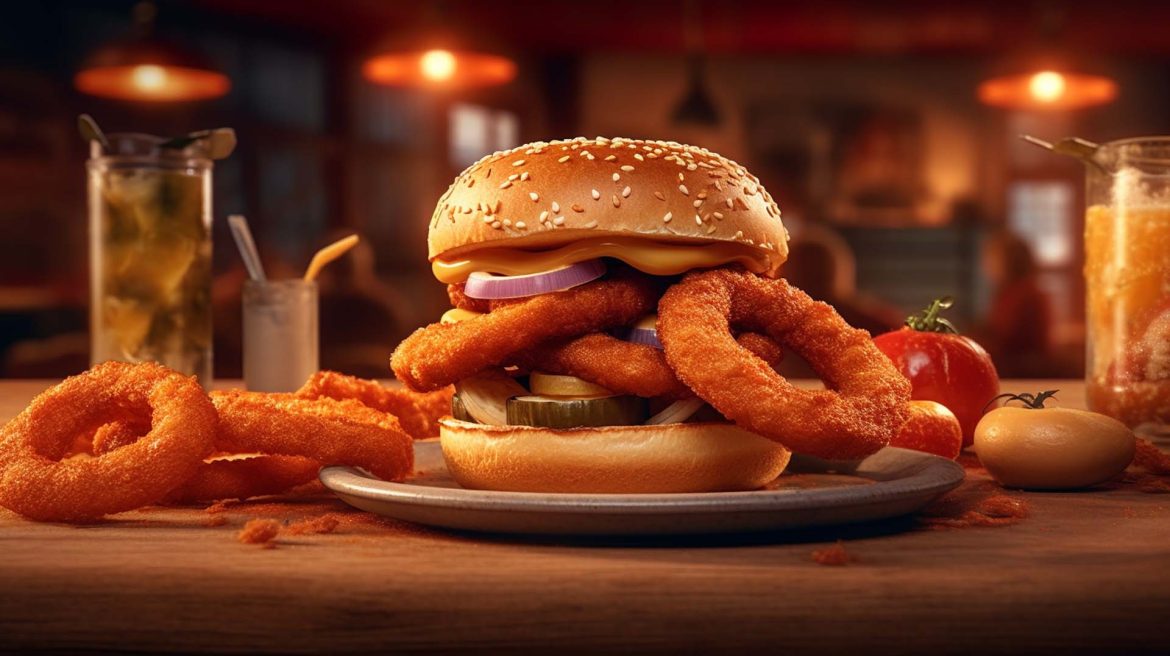Fast food has become an integral part of modern culinary culture, offering convenience, affordability, and a diverse array of menu options to consumers worldwide. The evolution of fast food from humble beginnings to a global phenomenon reflects significant changes in society, consumer behavior, and the food industry at large. This article explores the origins, growth, and impact of fast food on global dining habits, examining key factors that contributed to its popularity over the decades.
Early Beginnings: Birth of Fast Food
The concept of fast food emerged in the early 20th century, driven by societal shifts towards urbanization, industrialization, and the increasing pace of daily life. While the term “fast food” wasn’t widely used until later years, the foundations were laid by innovative restaurateurs and entrepreneurs who sought to streamline food preparation and service to cater to busy urban populations.
When Did Fast Food Become Popular?
Origins in the United States
In the United States, the early 1900s saw the rise of diners and automat restaurants, which pioneered quick-service dining models. Automats, in particular, allowed customers to retrieve prepared food items from vending machines, offering speed and convenience during a time of rapid urban expansion and workforce mobility.
SEE ALSO: SUBWAY Franchise
Influence of Automobile Culture
The advent of automobile culture in the mid-20th century further accelerated the popularity of fast food. Drive-in restaurants and roadside diners became iconic symbols of American dining, catering to travelers and families seeking quick meals on the go. Drive-in formats allowed customers to order and receive food without leaving their cars, revolutionizing the dining experience and setting the stage for future fast-food chains.
Post-War Boom: Expansion And Standardization
The post-World War II era marked a period of unprecedented growth for fast food in the United States and beyond.
Economic prosperity, technological advancements in food processing, and the standardization of cooking methods enabled fast-food chains to expand rapidly and replicate their success across multiple locations.
Emergence of Fast-Food Chains
In the 1950s and 1960s, pioneering fast-food chains such as McDonald’s, Burger King” href=”https://www.bestfastfoodfranchise.com/archives/tag/burger-king” target=”_blank” rel=”noopener” data-wpil-keyword-link=”linked”>Burger King, and KFC capitalized on the growing demand for quick, affordable meals. These chains introduced assembly-line cooking techniques, uniform menu offerings, and efficient service models that appealed to a broad cross-section of consumers, from families to young adults and commuters.
Global Influence And Expansion
By the 1970s and 1980s, American fast-food chains began to expand internationally, exporting their brands and culinary concepts to new markets around the world. This globalization of fast food introduced global consumers to iconic menu items such as hamburgers, french fries, fried chicken, and milkshakes, while adapting menus to local tastes and cultural preferences.
Cultural Impact: Shaping Eating Habits And Preferences
The proliferation of fast food had profound cultural implications, influencing not only what people ate but also how and where they consumed their meals. Fast food became synonymous with convenience, offering quick solutions for busy lifestyles, work breaks, and family outings. Its affordability made it accessible to diverse socioeconomic groups, contributing to its widespread popularity and consumer loyalty.
Fast Food And Social Change
Critics have raised concerns about the nutritional content and health implications of fast food, pointing to its association with rising obesity rates, dietary health issues, and environmental impacts. These debates have spurred discussions around food policy, industry regulations, and consumer education initiatives aimed at promoting healthier eating habits and sustainable food practices.
Fast Food And Globalization
In the era of globalization, fast food continues to evolve and adapt to changing consumer preferences and market dynamics.
International fast-food chains localize their menus to accommodate regional tastes, dietary restrictions, and cultural norms, while local entrepreneurs and franchises contribute to the diversity of fast-food offerings worldwide.
Contemporary Trends And Future Outlook
As we look to the future, the fast-food industry faces ongoing challenges and opportunities shaped by technological innovation, consumer demand for healthier options, and sustainability concerns.
Fast-casual dining concepts have emerged as a popular alternative, offering a balance between speed and quality by focusing on fresher ingredients, customizable menus, and enhanced dining experiences.
Technological Innovations
Advancements in digital technology have transformed the fast-food landscape, facilitating online ordering, mobile app integration, and delivery services. These innovations have streamlined operations, improved customer convenience, and expanded market reach for fast-food chains in an increasingly digital economy.
Health And Wellness Initiatives
In response to growing health consciousness among consumers, many fast-food chains have introduced healthier menu options, reduced sodium and trans fats, and increased transparency regarding nutritional information. These initiatives reflect a broader industry shift towards sustainability, ethical sourcing, and corporate responsibility in food production and distribution.
The Rise of Food Delivery Services
The proliferation of food delivery services has reshaped consumer expectations and dining behaviors, enabling customers to enjoy fast-food favorites from the comfort of their homes or workplaces. Delivery partnerships with third-party platforms have extended the reach of fast-food chains and enhanced convenience for busy consumers seeking on-demand dining solutions.
Conclusion
The journey of fast food from its humble origins to a global phenomenon underscores its enduring appeal and cultural significance in modern society. As consumer preferences evolve and industry dynamics continue to shift, fast food remains a dynamic force within the broader food and beverage sector, adapting to meet changing tastes, dietary trends, and technological advancements. While debates persist regarding its impact on health, sustainability, and culinary diversity, the legacy of fast food as a symbol of convenience, innovation, and cultural exchange endures, shaping the way we eat and experience food in the 21st century and beyond.


